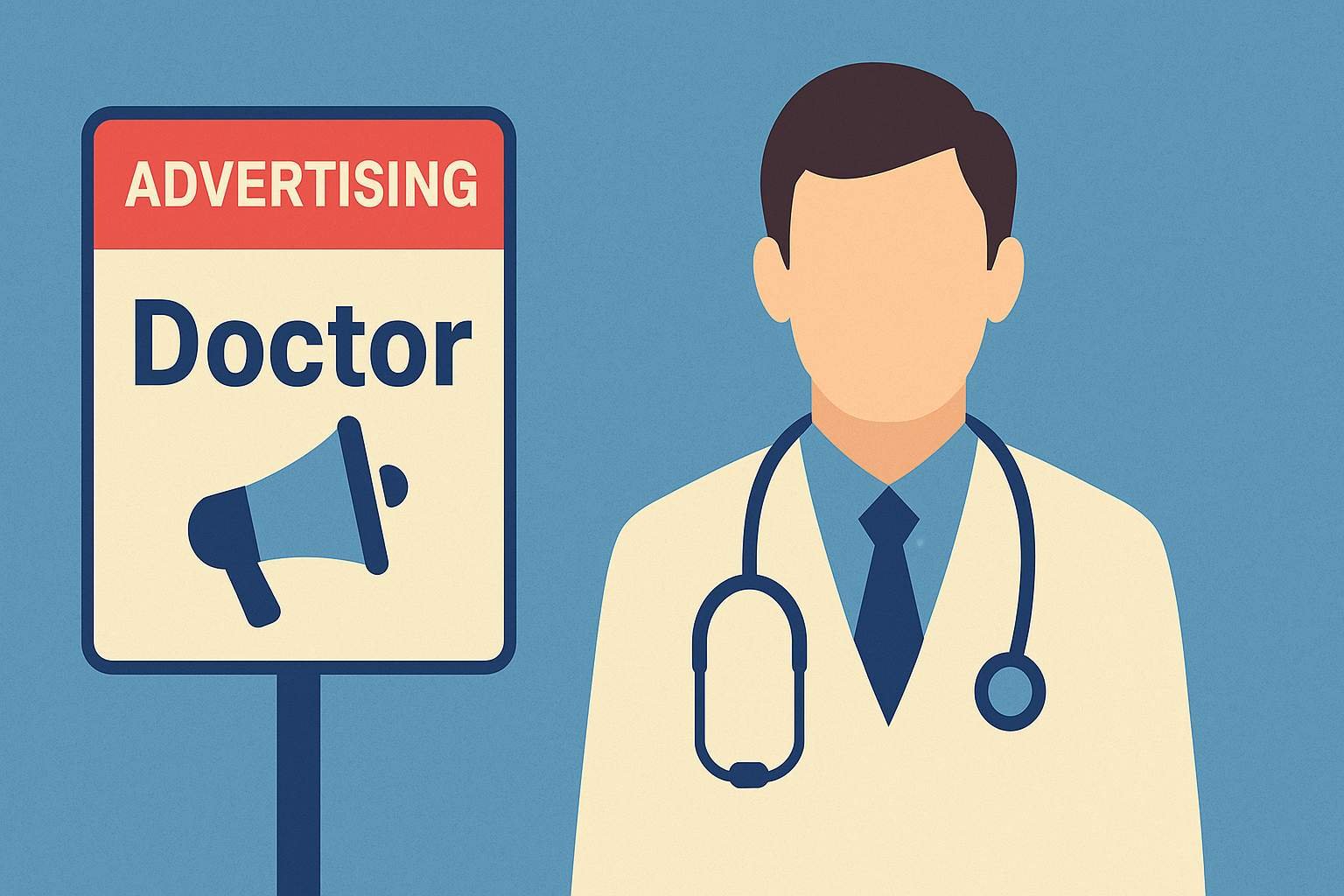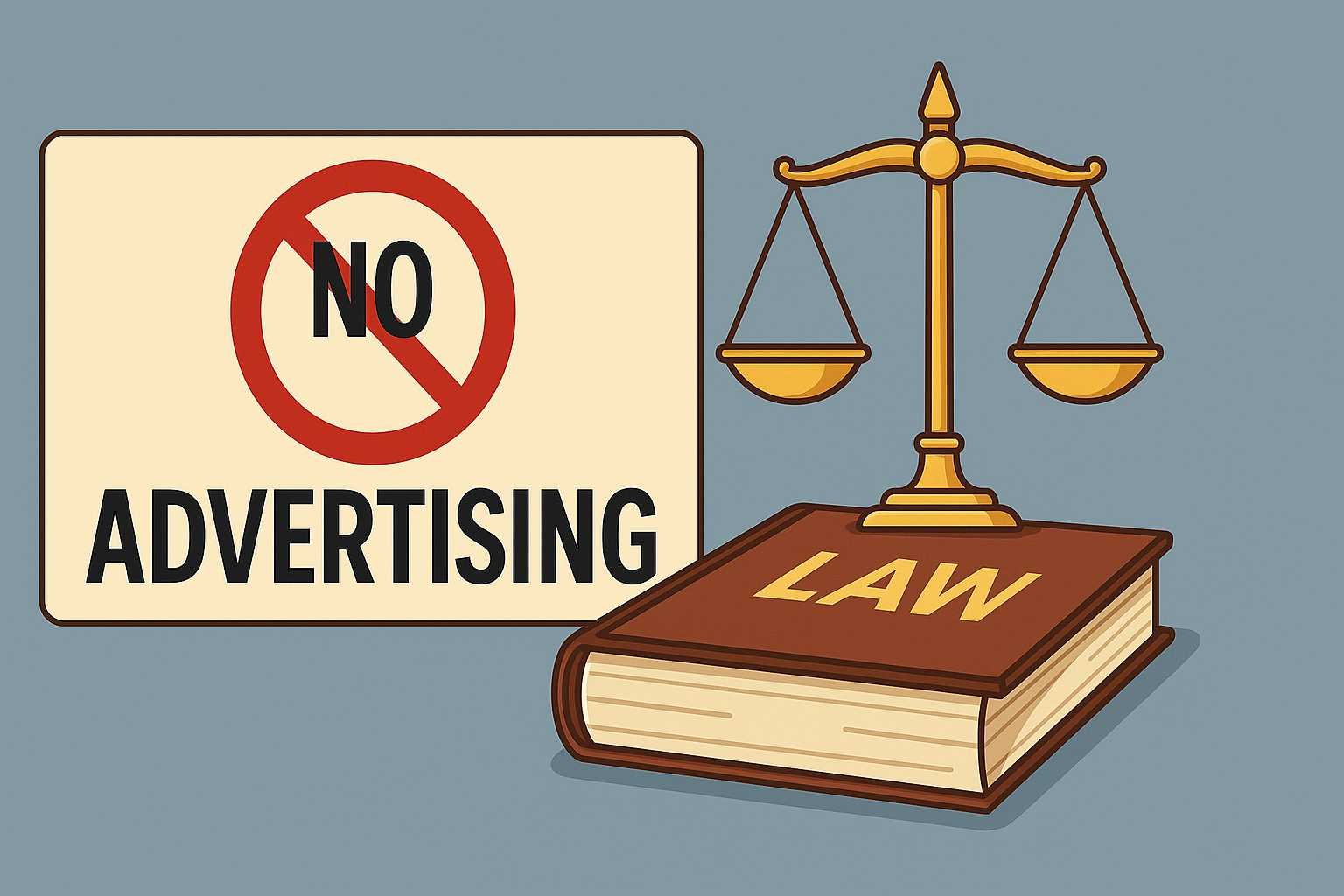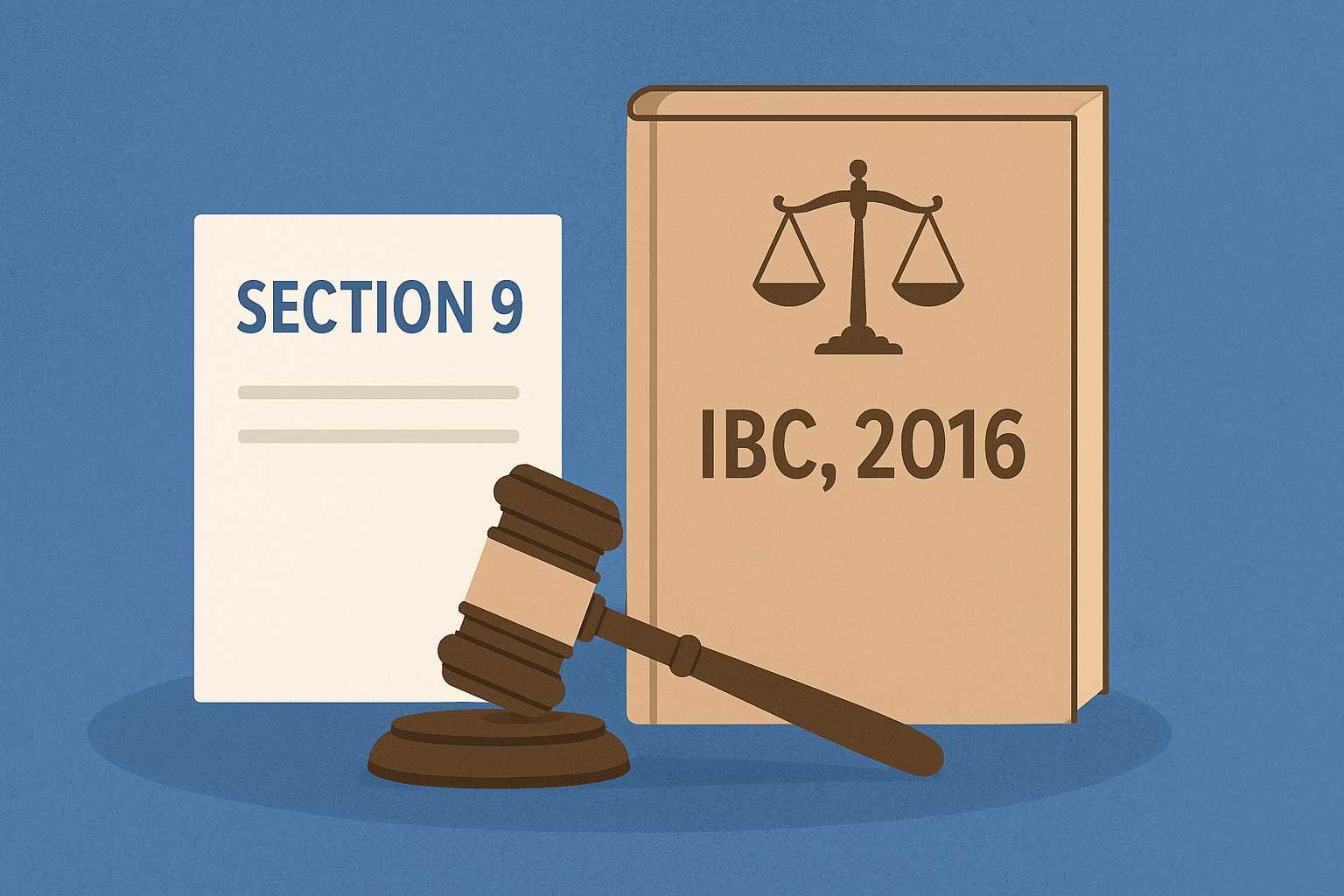On this page you will read detailed information about Health Insurance Portability and Accountability Act.
As a professional navigating the intricacies of healthcare law, you are likely familiar with the critical importance of the Health Insurance Portability and Accountability Act (HIPAA). Enacted in 1996, HIPAA serves as a cornerstone in safeguarding patient privacy and ensuring the secure handling of health information. Understanding its provisions is not only crucial for compliance but also pivotal in maintaining the trust of those you serve. This article will delve into the key components of HIPAA, offering insights into its impact on healthcare practices and guiding you through the complexities of adhering to its regulatory framework.
What is the Health Insurance Portability and Accountability Act?
The Genesis of HIPAA
The Health Insurance Portability and Accountability Act, commonly known as HIPAA, was enacted by the United States Congress and signed into law in 1996. Originally, its primary aim was to address the ever-growing concerns regarding the security, confidentiality, and portability of patient health information in an increasingly digital world. Over the years, HIPAA has evolved, adapting to the dynamic changes in healthcare technology and the regulatory landscape, ensuring that sensitive patient information remains protected.
Key Components of HIPAA
A central component of HIPAA is the Privacy Rule, which lays down guidelines for safeguarding personal health information (PHI). This rule ensures that PHI is not disclosed without the patient’s consent or knowledge, thus maintaining the confidentiality of sensitive health data. Another crucial aspect is the Security Rule, which sets standards for securing electronic protected health information (ePHI), mandating health organizations to implement physical and technical safeguards.
Furthermore, HIPAA’s Enforcement Rule outlines the provisions for investigations and penalties for non-compliance. Violations can lead to significant fines, ensuring that healthcare providers adhere strictly to established standards. Through these comprehensive elements, HIPAA fosters a secure, trustworthy environment for both healthcare providers and patients.
The Impact on Healthcare
The Health Insurance Portability and Accountability Act has significantly influenced the healthcare industry by setting a high standard for the protection of patient information. It has streamlined healthcare transactions and enhanced the privacy of individuals, thereby building trust between patients and healthcare providers. By mandating compliance with security protocols, HIPAA has encouraged innovation in digital health solutions, paving the way for secure, efficient, and patient-centered care. As healthcare continues to evolve, HIPAA remains a cornerstone in safeguarding health information.
Key Provisions of HIPAA: Privacy and Security Rules
Privacy Rule
The Health Insurance Portability and Accountability Act (HIPAA) Privacy Rule is a cornerstone provision designed to protect patient information. It establishes national standards for safeguarding individuals’ medical records and other personal health information. In essence, the Privacy Rule ensures that health care providers and other covered entities handle sensitive health data with the utmost confidentiality. This rule mandates that patients receive adequate notice regarding how their information is used and shared, granting them the right to access their own medical records. Moreover, it empowers individuals to request corrections to their health information, ensuring accuracy and fairness in documentation.
Security Rule
Complementing the Privacy Rule, the HIPAA Security Rule focuses explicitly on electronic protected health information (ePHI). This rule requires covered entities to implement robust administrative, physical, and technical safeguards to protect ePHI against unauthorized access or breaches. The Security Rule is pivotal in an era where digital records have become the norm, emphasizing risk management strategies and security measures to prevent data breaches. Covered entities must conduct regular risk assessments, develop comprehensive security policies, and ensure staff are adequately trained to recognize and respond to security threats. By doing so, the Security Rule fortifies the integrity and confidentiality of electronic health information, bolstering patient trust in the digital age.
Ensuring Compliance
Both the Privacy and Security Rules of HIPAA are crucial not only for protecting patient information but also for ensuring compliance with federal regulations. Health care providers and related entities must stay informed about these provisions to avoid penalties and maintain high standards of care. Furthermore, compliance with HIPAA fosters a culture of privacy and security, safeguarding both patient trust and the reputation of the health organization. Understanding these rules is not merely a legal obligation; it is a commitment to respecting and upholding patient rights in the health care industry.
How HIPAA Protects Patient Information
Ensuring Privacy and Security
The Health Insurance Portability and Accountability Act (HIPAA) establishes critical regulations to safeguard patient information, ensuring that healthcare data remains private and secure. At its core, HIPAA mandates the implementation of administrative, physical, and technical safeguards. These measures collectively ensure that healthcare providers, health plans, and business associates protect sensitive health information from unauthorized access or breaches.
To comply with HIPAA, entities must adopt stringent access controls, ensuring that only authorized personnel can view or handle patient data. Implementing such controls helps prevent data breaches and maintains the integrity of patient information. Moreover, HIPAA requires regular training for employees, emphasizing the importance of confidentiality and the correct handling of personal health information.
Breach Notification and Patient Rights
In the unfortunate event of a data breach, HIPAA requires affected entities to notify patients promptly. This transparency is a critical aspect of the law, ensuring patients remain informed and can take necessary actions to protect their own information. Additionally, patients are granted specific rights under HIPAA, including the ability to access their own medical records, request corrections to inaccuracies, and receive a report on who has accessed their information.
Moreover, HIPAA empowers patients by giving them greater control over their health information. They can request restrictions on certain uses and disclosures of their data, providing a layer of protection and peace of mind. By upholding these rights, HIPAA fosters trust between patients and healthcare providers, ensuring that sensitive information is handled with the utmost care and respect.
The Impact of HIPAA on Healthcare Providers
Enhancing Patient Privacy and Security
The Health Insurance Portability and Accountability Act (HIPAA) has profoundly influenced the way healthcare providers manage patient information. By establishing rigorous standards for data protection, HIPAA ensures that sensitive patient data remains confidential and secure. For healthcare providers, this means implementing comprehensive security measures, such as encryption and access controls, to safeguard electronic health records from unauthorized access. These efforts not only protect patient privacy but also build trust between patients and providers, fostering a sense of security among those seeking care.
Streamlining Administrative Processes
HIPAA has also streamlined administrative processes within the healthcare sector by standardizing the electronic transmission of healthcare transactions. This standardization simplifies various administrative tasks, reducing errors and improving efficiency across the board. Healthcare providers benefit from a more organized workflow, as they can rely on consistent procedures for billing, coding, and claims processing. Consequently, this reduces administrative burdens, allowing providers to focus more on patient care rather than paperwork.
Cultivating a Culture of Compliance
Another significant impact of HIPAA on healthcare providers is the cultivation of a compliance-focused culture. Healthcare organizations are required to regularly train their staff on HIPAA regulations and conduct periodic audits to ensure compliance. This emphasis on compliance not only minimizes the risk of data breaches and penalties but also instills a sense of responsibility among healthcare professionals. By fostering a culture of vigilance and accountability, healthcare providers can maintain higher standards of care and uphold their commitment to patient confidentiality.
In conclusion, HIPAA plays a vital role in shaping the practices of healthcare providers, ensuring patient data protection, streamlining operations, and promoting a culture of compliance.
In the previous post, we had shared information about Understanding the California Consumer Privacy Act: A Comprehensive Guide, so read that post also.
Navigating HIPAA Compliance: Best Practices for Organizations
Develop a Comprehensive HIPAA Policy
To ensure compliance with the Health Insurance Portability and Accountability Act (HIPAA), organizations must establish a robust privacy and security policy. This policy should outline all procedures for handling protected health information (PHI), ensuring that every staff member understands their responsibilities. Moreover, your policy should be regularly updated to reflect any changes in laws or technology. Conducting regular training sessions can aid in reinforcing the importance of these practices, promoting a culture of compliance throughout the organization.
Conduct Regular Risk Assessments
An essential element of HIPAA compliance is performing regular risk assessments. These assessments help identify potential vulnerabilities within your organization’s data management systems. By analyzing where risks lie, you can implement appropriate safeguards to protect PHI. Regular audits are also crucial for assessing the effectiveness of current privacy measures and for ensuring continuous compliance with HIPAA regulations. They provide valuable insights into areas needing improvement and help in maintaining a high standard of data security.
Implement Strong Access Controls
Controlling access to PHI is a critical component of HIPAA compliance. Organizations should enforce strict access controls, ensuring only authorized personnel have access to sensitive information. Implementing multi-factor authentication and ensuring robust password policies are in place can significantly enhance data protection. Regularly reviewing access logs helps detect any unauthorized attempts to access PHI and provides an additional layer of security.
Foster a Culture of Awareness
Cultivating an organizational culture that prioritizes awareness and understanding of HIPAA regulations is vital. Continuous education and training programs can keep staff informed about the latest compliance requirements and technological advancements. Encouraging open communication about data protection concerns ensures that employees feel supported and motivated to adhere to compliance protocols. By fostering a culture of awareness, organizations can effectively navigate the complexities of HIPAA compliance, safeguarding sensitive information and maintaining regulatory standards.
Conclusion
In grasping the complexities of the Health Insurance Portability and Accountability Act, you gain not only a deeper understanding of its regulations but also an appreciation for its role in safeguarding patient privacy and ensuring the secure handling of health information. This knowledge empowers you to navigate the healthcare system more effectively, advocate for your rights, and make informed decisions regarding your health data. As healthcare continues to evolve, staying informed about such pivotal legislation remains essential. Embrace this understanding as a tool for both personal empowerment and the promotion of a more transparent and accountable healthcare environment.
Disclaimer
The information and services on this website are not intended to and shall not be used as legal advice. You should consult a Legal Professional for any legal or solicited advice. While we have good faith and our own independent research to every information listed on the website and do our best to ensure that the data provided is accurate. However, we do not guarantee the information provided is accurate and make no representation or warranty of any kind, express or implied, regarding the accuracy, adequacy, validity, reliability, availability, or completeness of any information on the Site. UNDER NO CIRCUMSTANCES SHALL WE HAVE ANY LIABILITY TO YOU FOR ANY LOSS OR DAMAGE OF ANY KIND INCURRED AS A RESULT OR RELIANCE ON ANY INFORMATION PROVIDED ON THE SITE. YOUR USE OF THE SITE AND YOUR RELIANCE ON ANY INFORMATION ON THE SITE IS SOLELY AT YOUR OWN RISK. Comments on this website are the sole responsibility of their writers so the accuracy, completeness, veracity, honesty, factuality and politeness of comments are not guaranteed.
So friends, today we talked about Health Insurance Portability and Accountability Act, hope you liked our post.
If you liked the information about Health Insurance Portability and Accountability Act, then definitely share this article with your friends.








